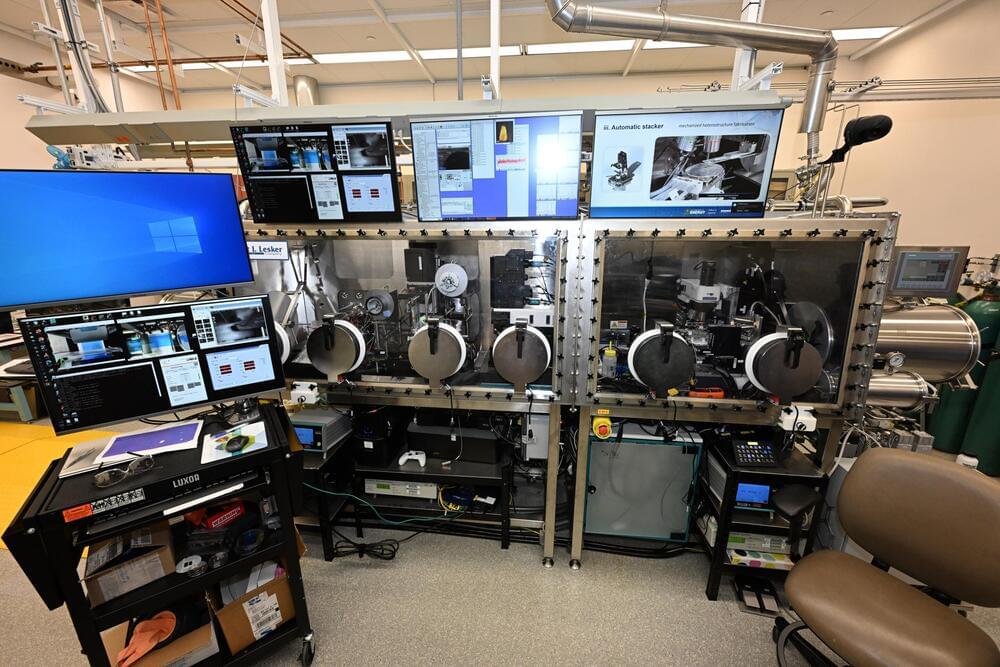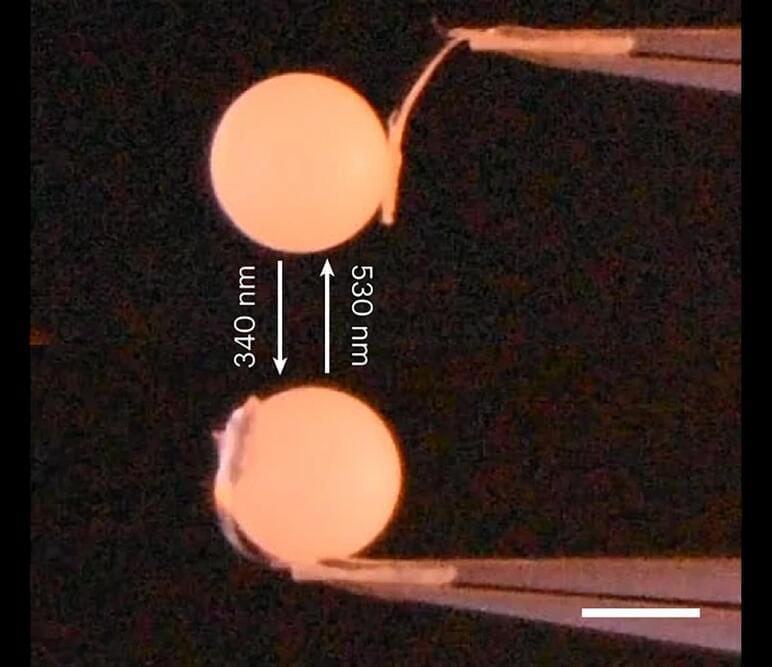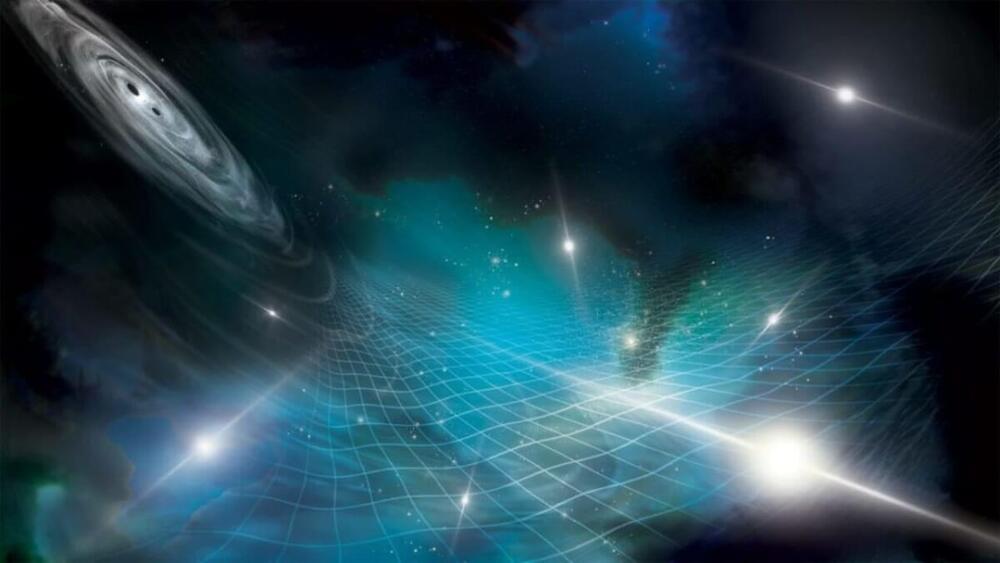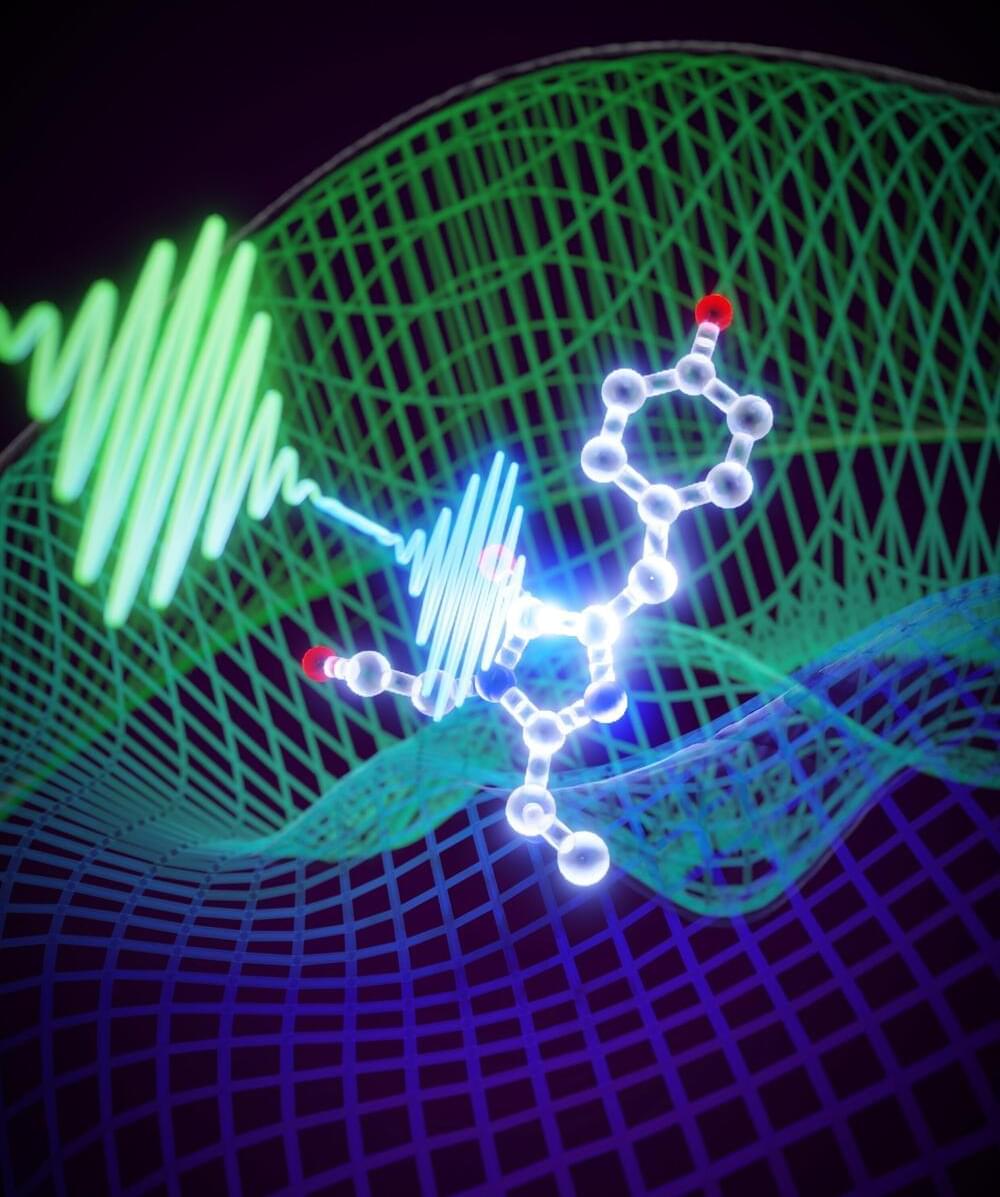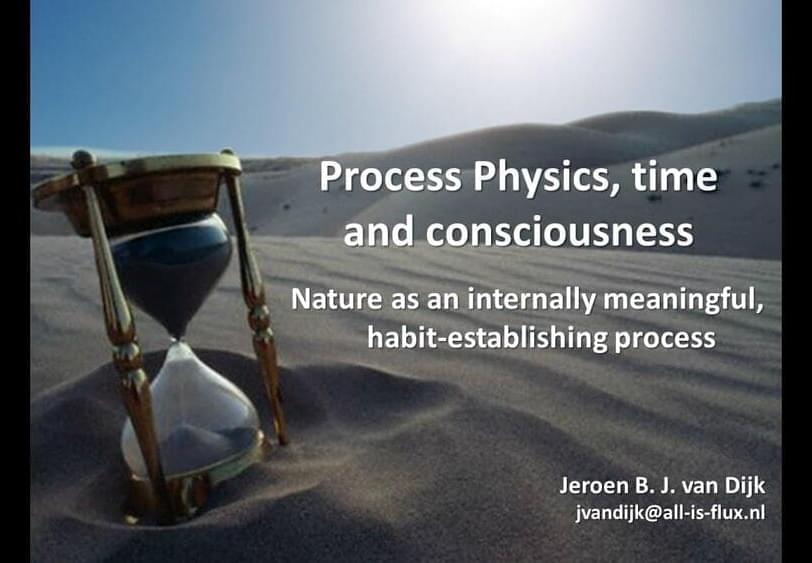https://youtube.com/watch?v=wc8qRKm9MLs&feature=share7
Boltzmann brain is another bizarre consequence of laws of physics. It’s a configuration of matter, similar to our brains; a statistical fluctuation risen out of thermal equilibrium, a conscious observer created by a sudden decrease in entropy, having false memories of a grand structure exactly like our universe.
Given enough time, every single possibility allowed by the physical laws in our most likely closed universe must eventually occur, including one with a fluctuated brain, sitting in the middle of nowhere, having the exact same thoughts that you are having right now.
Boltzmann brains are speculative and inevitable at the same time. There is a serious chance that you might be indeed one of those brains, experiencing your false memories within a fake universe which is nothing but a delusion.
Sources:


